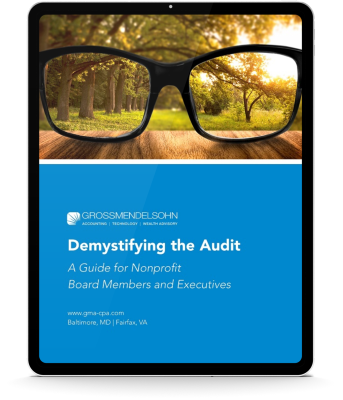Nonprofits spend a lot of time and effort looking for donors. However, for all the effort put into attracting and getting gifts from new benefactors, many organizations drop the ball when it comes to retaining those who have given in the past. While it is important to continually attract new donors to your nonprofit, your organization must be cognizant of whether new donors are giving past their initial contribution.
Long-term relationships with donors can have major benefits for a nonprofit. For one, when it comes to large gifts and asks, you are going to have a much easier time soliciting big donations from people who have a history with your organization rather than someone who is just getting to know you. In addition, donors who are invested in your nonprofit may be more likely to volunteer or share your organization’s cause with those in their network.
So, how can your organization improve your donor retention rate?
1. Thank Those Who Donate
Have you ever made a donation and failed to receive any type of thank you? At first, you might have wondered whether the nonprofit even received your donation, and once you confirm receipt, you might dejectedly wonder if it even made an impact if the organization did not bother to acknowledge the gift. One of the easiest ways to improve donor retention rates is by timely thanking every single donor, regardless of the size of their donation.
To build a long-term relationship with your donors, you need to have regular contact. In addition, you certainly will not be starting the relationship out well if the first communication a donor receives from you is a solicitation for another gift rather than an acknowledgement for their initial donation.
A thank you for a smaller gift can be as simple as a preprinted postcard you drop in the mail or an email to thank the donor. Larger gifts warrant a more personal thank you like a phone call or handwritten note.
Remember, your donors are offering their own money to support your cause and are helping pay for the work you do. Thanking benefactors for giving is not only beneficial for donor retention rates, but it is the right thing to do.
2. Solicit Feedback From Loyal Donors
The best way to improve is to ask for feedback from your current donor base. Your organization should make a habit of soliciting the advice and observations of a few loyal donors on a regular basis or, if you are more advanced in your fundraising, a larger pool of donors through a survey. This will help your nonprofit discover:
- What donors think about your solicitation strategies
- Why donors choose to give and not give to certain campaigns
- What kind of updates and information your donors want and don’t want to receive
This candid feedback will allow you to tailor your communication and relationship with your donors. You are never going to please everyone, but if several donors tell you they would like to receive more about X and stop getting so much of Y, it would be prudent to take their comments under advisement when formulating your fundraising plans.
The important thing is to show your donors you are interested in their feedback and are willing to make changes based on the comments you receive.
3. Communicate With Donors Regularly — and Not Just to Ask for Money!
Many of us have a person in our professional or personal life who only reach out when they need something. Whether it is asking for money, a favor or a referral, you might find yourself dodging this person’s calls, emails and texts, rather than hear another one of their requests. None of us want to be this person, so why do nonprofit fundraisers operate this way?
When a donor sees your number pop up on their phone, if their first thought is – not again! – there is a problem. You should be reaching out to your donors on a regular basis and, here is the important part, not just to ask for money.
Nonprofits typically employ a busy staff, and you might be wondering – when am I going to have time to call donors and shoot the breeze instead of asking for money we really need? The first mistake nonprofits make in donor relations is putting efficiency over relationship building.
Let us say you have a donor who has given $1,000 each year for the past ten years. The only communication you have with this person is the call you make each year, asking him to renew his gift. If you had started making quarterly calls to this person ten years ago, half of which were donor update calls about big things happening at your nonprofit and the rest of which were fundraising calls, do you think his annual gift amount would have increased from year to year?
By making more of an effort to communicate with this donor and keep him up to date, he may agree to contribute to your nonprofit’s current capital campaign, increase his annual give amount by 20% or be more inclined to talk to his friends, colleagues and families about what a great organization you have and how to get involved.
Relationship building means taking the effort to go beyond just soliciting money. People give to those organizations that they feel personally connected to, and making the effort to truly make a connection with donors will only help your fundraising efforts.
Need Help?
Contact our Nonprofit Group online or call 800.899.4623.


